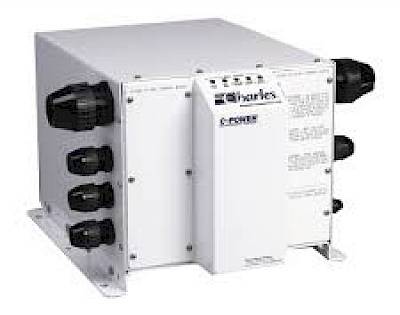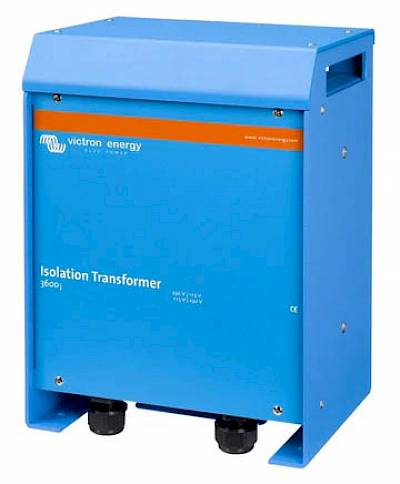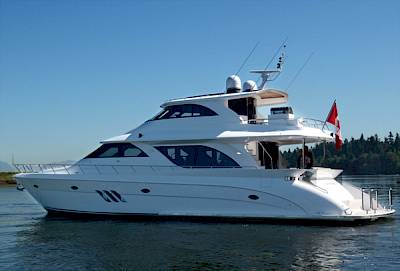
Pros and Cons of a Traditional Isolation Transformer
A marine isolation transformer is a versatile device that can be used to provide galvanic isolation from shore power systems, to enhance electrical safety and eliminate corrosion caused by stray currents. Some isolation transformers can also be used for raising the shore voltage to deal with voltage drop. Another common use is to adapt the vessel’s internal power system voltage to a higher or lower shore power supply. If isolation transformers are so useful why is every boat not equipped with one?
The fact is isolation transformer are expensive. They are also made of significant amounts of iron and copper, both of which are not light materials. A typical 120V/30A transformer can weight almost 100 pounds while a typical 240V/50A unit almost 300 pounds. The reason for the weight and size issue is due to the low frequency of our power grid, 60 cycles.
Also, these traditional transformers are not that versatile and often require complicated switching arrangements or rewiring to allow it to perform multiple tasks like boosting voltages or converting voltages from different countries.
Recent changes to ABYC E-11 AC and DC Electrical Systems for Boats now permit the use of high frequency transformers; allowing designers to build smaller and lighter transformers for pleasure craft. In the future, we will see light weight, low cost power conversion systems coming to market that comply with all the safety requirements of the existing heavy and expensive isolation transformers.
Related Content






















